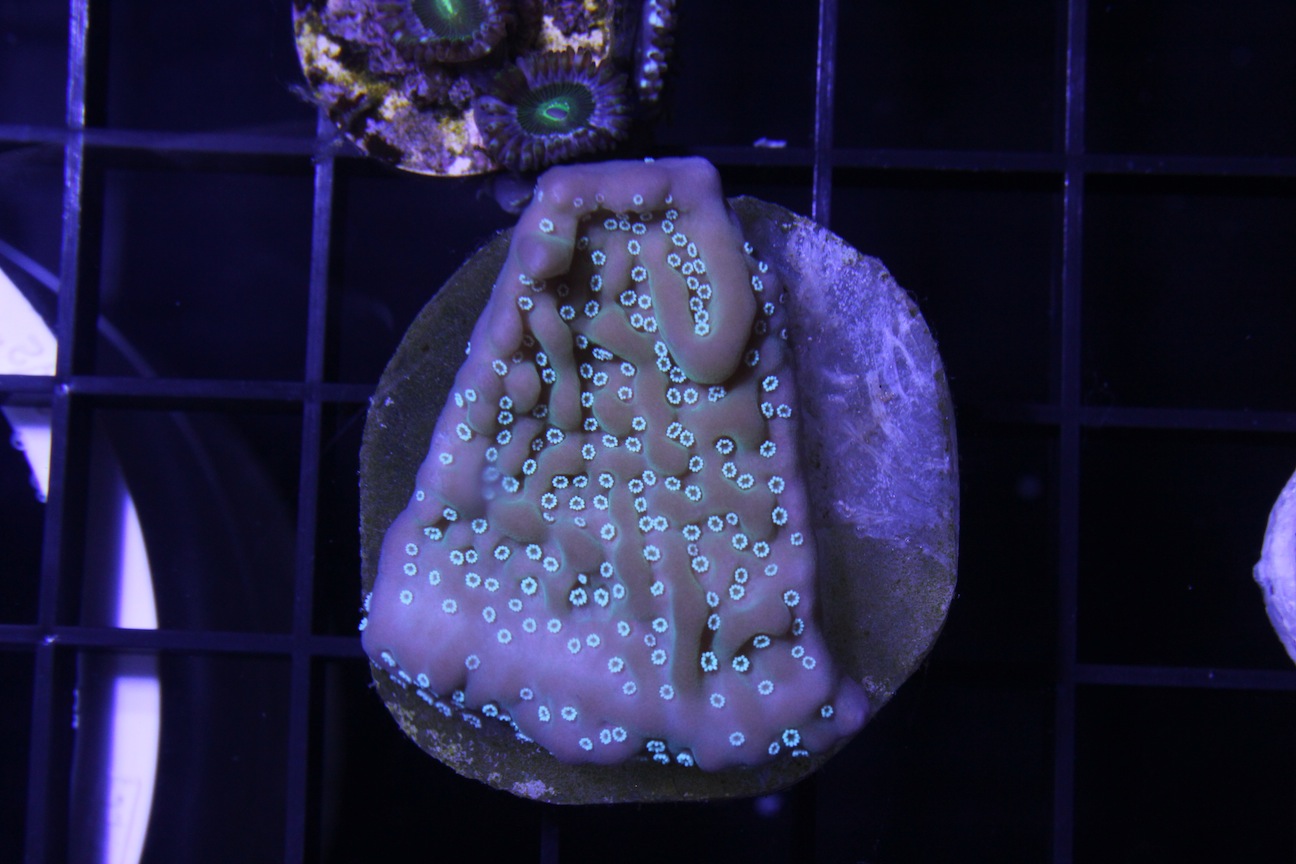Before I get into this article, I will preface everything by saying that I am a big advocate of acclimating any and all fish, corals, and invertebrates that I add to my aquarium. I am not suggesting that aquarium hobbyists should stop acclimating new livestock purchases, but merely presenting information and experiences that I have seen with various individuals and aquarium stores, as well as in my own reef aquariums.
The acclimation process is one of those steps to adding livestock to our tanks that has been ingrained into our aquarium keeping souls since the day we started in this hobby. We’ve always been told to drip acclimate everything for a minimum of two hours, with the goal to provide as easy a transition into our aquariums from the fish store aquariums as possible. For those unfortunate hobbyists without a drip acclimation setup, which consists of just some airline tubing and a flow valve, the only way to acclimate was to slowly and painstakingly add water from the aquarium to the floating bag containing the new addition. But not everyone followed this train of thought. Not everyone acclimated new corals to the aquarium. Not every hobbyist took that extra couple of hours to slowly introduce new livestock to a setup. They still saw success in their aquariums despite this, which makes us ask the question “Is the acclimation process even necessary?”
When I was a fledgling hobbyist, I happened into a fish store one day and noticed a brand new shipment of fish and corals. The fish had already been taken out of the bags and placed into buckets with a steady drip feeding each one. Surprisingly to me, at that time anyways, the coral sat in boxes at the back of the store instead of being acclimated. Then, very quickly, the employees began tearing into the boxes and started placing corals directly into the aquarium. Being a very opinionated and uneducated hobbyist at the time, I expressed my concerns about their actions and started to get a bit angry. The employee mentioned that they never acclimate their new corals, and then began saying why. It was their opinion that the corals were sitting in a bag of their own filth basically, and that they needed to be removed as soon as possible. Their logic was that the shock of a new environment would be far less stressful on the coral than sitting in a bag of dirty shipping water. After thinking it over for a while and seeing the success they have with SPS corals, not acclimating their corals has been a winning formula for this particular store and it may work it other situations as well. This store has been in business for the better part of three decades, and their livestock is always amazing. In fact, they are most well known for their great selection of SPS corals, which they never acclimate.
On the flip side of that argument, another local store did the opposite process from that mentioned above and drip acclimated everything. Every fish, coral, and invertebrate was subjected to a 2+ hour drip, and all of the corals were dipped in an iodine solution prior to entering the tank. Surprisingly, all of the livestock did very poorly at this particular store and most fish usually died overnight. This could all be a function of poor livestock choices, a terrible wholesaler, or sub-par conditions of the aquarium store’s tanks instead of the acclimation process itself, but it goes to show you that just because you acclimate something doesn’t mean you are immune to almost instant and inexplicable livestock losses.
I have tried the non-acclimation technique with corals a handful of times with success, but it’s still something I’m not really comfortable with. After all, there is a big difference between getting a fish from a wholesaler halfway across the country and taking a bag of corals home from the store down the block. In my opinion, it’s the best decision to take the time and do things slowly so that that transition isn’t abrupt, preventing the corals from stressing out and possibly bleaching. Also, by acclimating livestock properly, you take away a possible mask to a different problem altogether. If you have a fish that randomly dies shortly after being added to your aquarium, you may think that the fish died because it couldn’t adapt quickly or well enough. Unfortunately though, the problem may be something entirely different, and you are blaming the lack of acclimation instead. This belief in an incorrect cause might lead to other animals to die in your care, and for that reason alone we suggest acclimating properly.
As far as fish and invertebrates are concerned, both are just way too delicate to be tossed into an aquarium without prior acclimation. Corals seem to be a bit tougher, but the slightest differences in water parameters really takes a toll on fish and inverts. We don’t even question the need to acclimate these two types of livestock, and we highly recommend a lengthy acclimation period before putting them into the tank.
In closing, we wanted to reiterate our feelings on acclimation by suggesting that you do it for every purchase every time. The whole point of this article was to show that it may not be necessary in all cases, especially if you order something online and it comes in bag of extremely dirty water. In that case, acclimation may actually do more harm than good.






